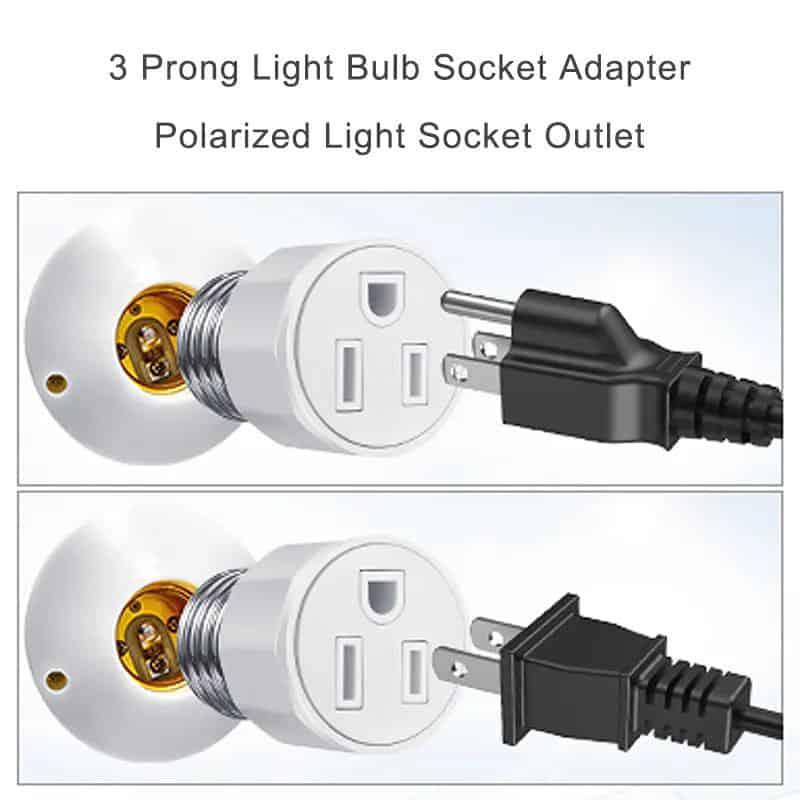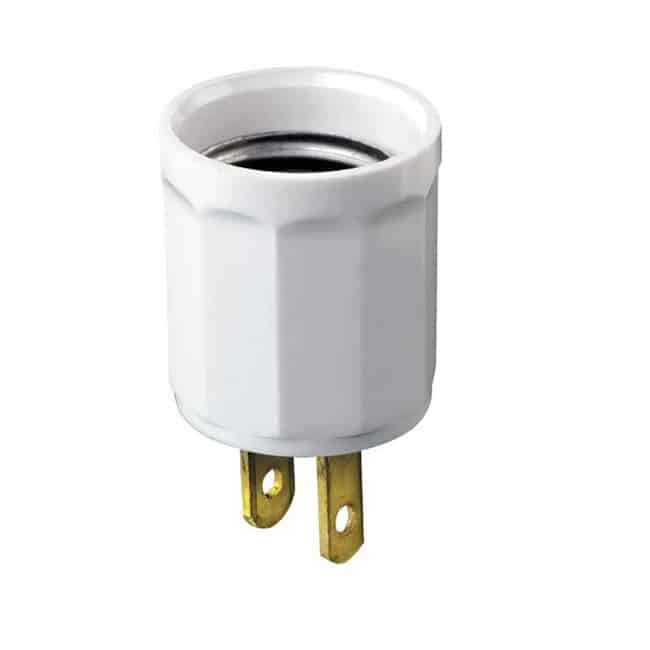Trying to plug a 120-volt appliance into a 220-volt socket can cause big problems. Some will work for a while, but you can damage the appliance, create electrical hazards or start a fire. Knowing the difference between these voltages and how to use your devices safely across different voltage ranges will help you avoid these problems.

No, You Should Not Plug a 120-Volt Device into a 220-Volt Socket
The answer is no; plugging a 120-volt device into a 220-volt socket is unsafe. This type of mismatch in voltage is likely to damage the device immediately and can create serious safety risks, including potential fires.
Why Voltage Matters in Electrical Outlets
In the world of electricity, voltage is a crucial factor. Different countries use different household voltage standards, with North America generally using 120 volts while most of Europe, Asia, and other regions rely on 220 volts. These voltage standards influence how household outlets are designed and how electrical devices are manufactured.
Appliances made for 120 volts are specifically designed to handle this lower voltage and do not have the capacity to manage the excess power that a 220-volt outlet delivers. This excess power can result in overheating, damage to internal circuits, or immediate appliance failure. The design differences between 120-volt and 220-volt devices are significant, with each being tailored to safely handle its respective voltage.
Risks of Plugging a 120V Device into a 220V Socket
Plugging a 120-volt device into a 220-volt socket creates several risks. First, there’s the immediate risk of electrical overload to the device. Appliances designed for 120 volts will likely receive almost double their intended voltage if plugged into a 220-volt socket, which can lead to overheating or cause the device to short-circuit. This is a quick way to damage or completely ruin your appliance, as the internal components are not built to withstand such high power. Additionally, plugging a device into an incompatible socket can create a fire hazard. Overloaded circuits can spark, potentially igniting nearby materials. Electrical shock is another concern, as short-circuited devices may expose live wires, making it unsafe to handle the appliance.

Can You Use a Voltage Converter?
For those needing to use a 120-volt device in a 220-volt region, a voltage converter offers a solution. Voltage converters are designed to step down the voltage from 220 volts to 120 volts, making it safe to use low-voltage devices in high-voltage regions.
However, not all converters are created equal. To ensure safety and effectiveness, choose a voltage converter with the appropriate wattage for your device. Converters come in various wattage ratings, and it’s crucial to select one that can handle the power requirements of your appliance. Also, keep in mind that some devices, such as those with heating elements or high-powered motors, require specific types of converters (often called transformers). Properly selected and used, a voltage converter can be an effective solution for using 120-volt devices abroad.
Alternatives for 120V Devices in 220V Regions
In many cases, people find it convenient to use dual-voltage devices when traveling or relocating to regions with different voltage standards. Dual-voltage devices are designed to operate on both 120 and 220 volts, and they typically have a voltage selector switch or automatically adapt to the region’s power supply. To check if your device is dual-voltage, look for voltage markings near the power input or on the label. It should list something like “120-240V” or “100-240V,” indicating compatibility with both voltage standards. Another alternative is using an adapter plug.
However, it’s essential to understand that adapters only adjust the plug’s shape to fit different socket types—they do not alter the voltage. Using an adapter with a voltage mismatch, such as plugging a 120-volt device into a 220-volt outlet, is highly unsafe without a converter, as the adapter does not prevent the excessive voltage from reaching the appliance.
Safety Precautions for Voltage Mismatch Situations
To avoid accidental voltage mismatches, always check the voltage requirements on your device’s label or power brick before plugging it in. This label usually provides information on voltage range, wattage, and often has a symbol indicating dual-voltage capabilities if available. Another safeguard is to pay attention to plug shapes and socket types.
In many cases, plugs are designed to be physically incompatible with light sockets that don’t match their voltage. However, force-fitting plugs to make them fit in sockets can lead to significant risks, as it bypasses the design feature intended to prevent voltage mismatches.

When to Contact a Professional
If you frequently need to use 120-volt devices in a 220-volt region or vice versa, contacting a professional electrician is advisable. They can help by installing a step-down transformer or creating a dedicated outlet for your voltage needs, especially if the usage will be ongoing. Additionally, if you’ve already plugged a 120-volt device into a 220-volt socket and suspect damage, it’s best to consult a professional. Signs of voltage-related damage include sparks, burnt smells, or flickering lights. Using a damaged device or attempting to repair it without the necessary expertise can lead to further safety issues, making professional assistance essential.
Conclusion
In summary, plugging a 120-volt plug into a 220-volt lamp socket is risky and unsafe. You need to know the difference between voltages to use your electrical devices safely. You can use voltage converters, dual-voltage devices, or get some help to keep your appliances safe across different standards.













